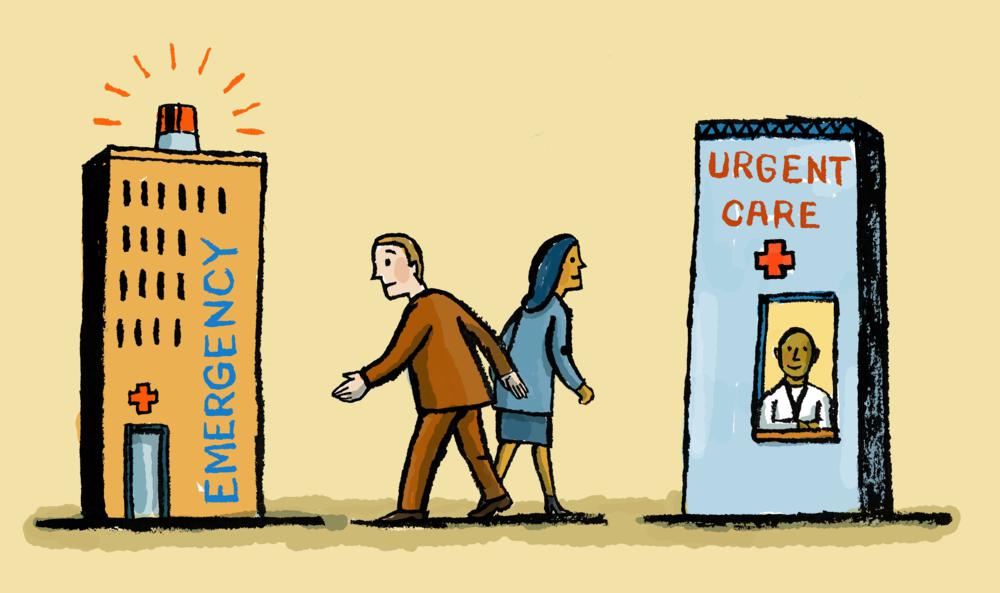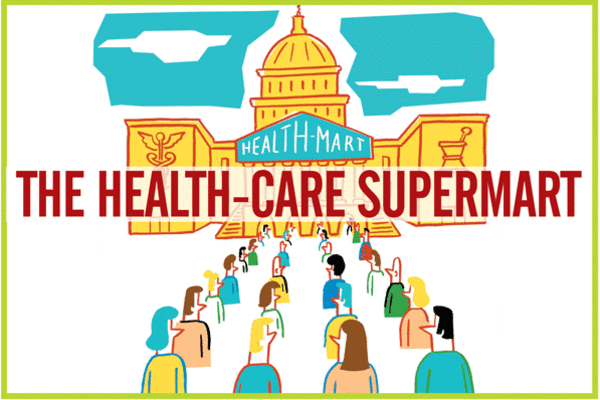The ABCs of Employee Benefits Jargon and Acronyms
In this, the era of “consumer-driven healthcare”, employees are expected to know more and more about healthcare in order to make well-informed decisions. But the employee benefits industry’s over-reliance on jargon and acronyms doesn’t exactly make it easy on them.
Less than a quarter of Americans (about 14%) are confident that they understand basic insurance terminology like “premiums” and “maximum out-of-pocket expense”. And of those who are insured, less than half are confident in their knowledge of insurance terminology. Even tech-savvy Millennials struggle with their understanding of insurance lingo.
Chances are very good that your employees don’t have a clue as to the difference between an HSA and HRA, let alone know the difference between a co-pay and co-insurance. To assist you with the education process, we’ve assembled a collection of more than fifty of the most frequently used insurance and employee benefits-related terms.



















